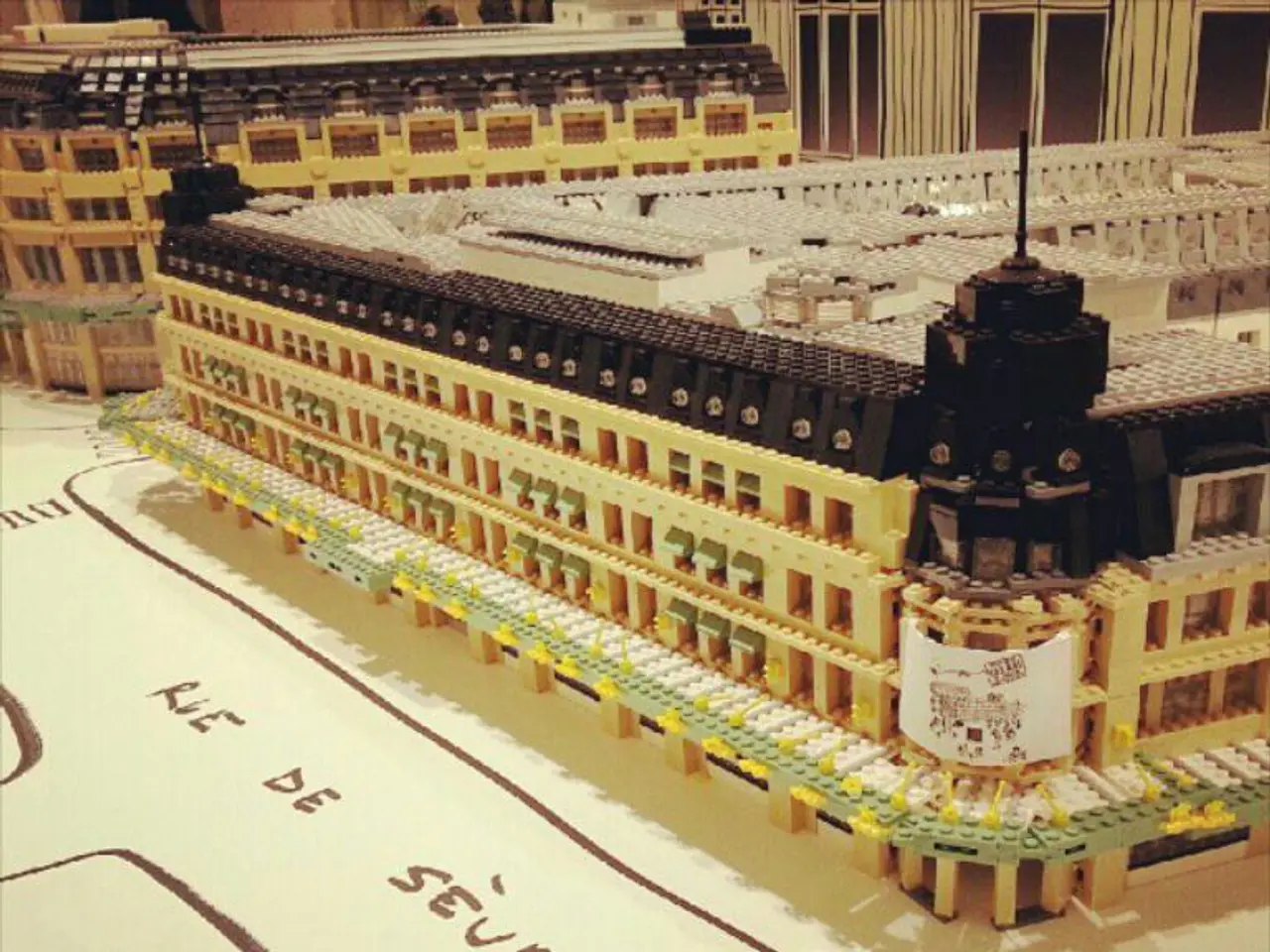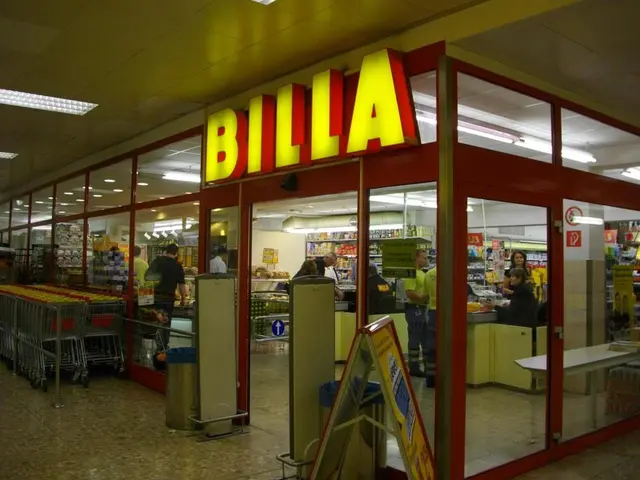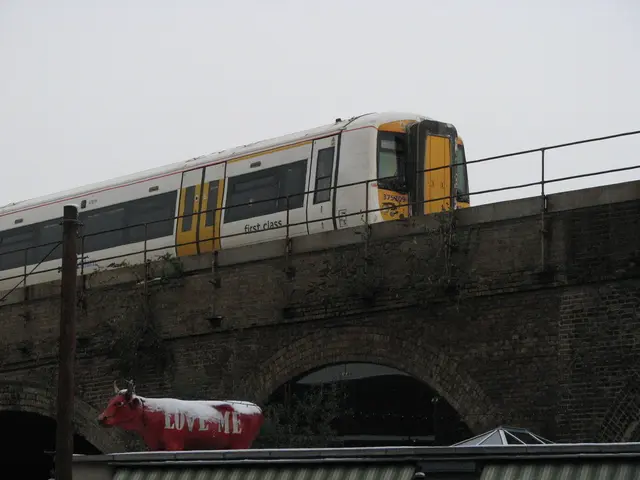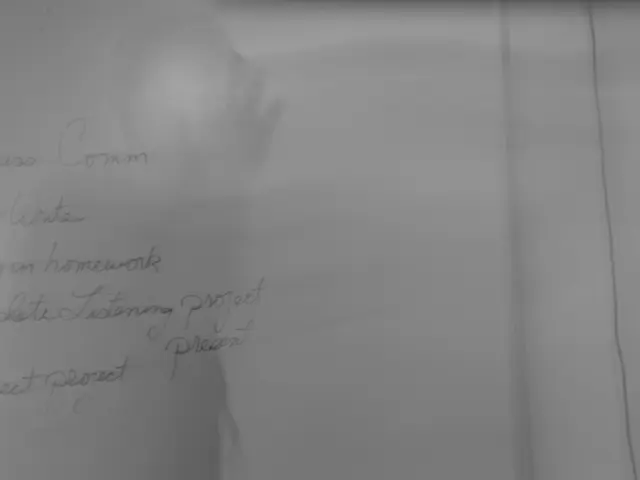Euro Zone Manufacturing Slips Into Contraction in September
The euro zone's manufacturing sector experienced a downturn in September, with the Netherlands leading the expansion while Germany, France, and Italy faced contractions. The HCOB Euro zone Manufacturing PMI fell to 49.8, indicating a decline in activity.
Factory output continued to grow but at a slower pace than August. Business confidence weakened to its lowest level since April. Manufacturers reduced selling prices for the fifth consecutive month and cut jobs at the fastest rate in three months. Incoming orders declined after a brief increase in August. Employment conditions further deteriorated. Notably, the three largest economies—Germany, France, and Italy—saw a decline in manufacturing activity. Input costs fell for the first time since June.
The Netherlands, however, bucked the trend, leading the expansion in the euro zone. This contrast highlights the varied performance among member states.
The euro zone manufacturing sector slipped back into contraction in September, with the PMI falling to 49.8. While the Netherlands showed resilience, the three largest economies—Germany, France, and Italy—experienced contractions. Manufacturers reduced prices and jobs, and incoming orders declined. The sector faces challenges, with input costs falling after a brief period of increase.
Read also:
- Catastrophic blast at a US Steel facility in Pennsylvania causes 2 fatalities, inflicts injuries on 10 individuals
- Ford Discontinues Operations at Its Glass House Headquarters
- Electric vehicle production to commence in Holden factory, under Chinese control.
- U.S. Automotive Safety Authorities Examine Tesla's Door Latch Design








